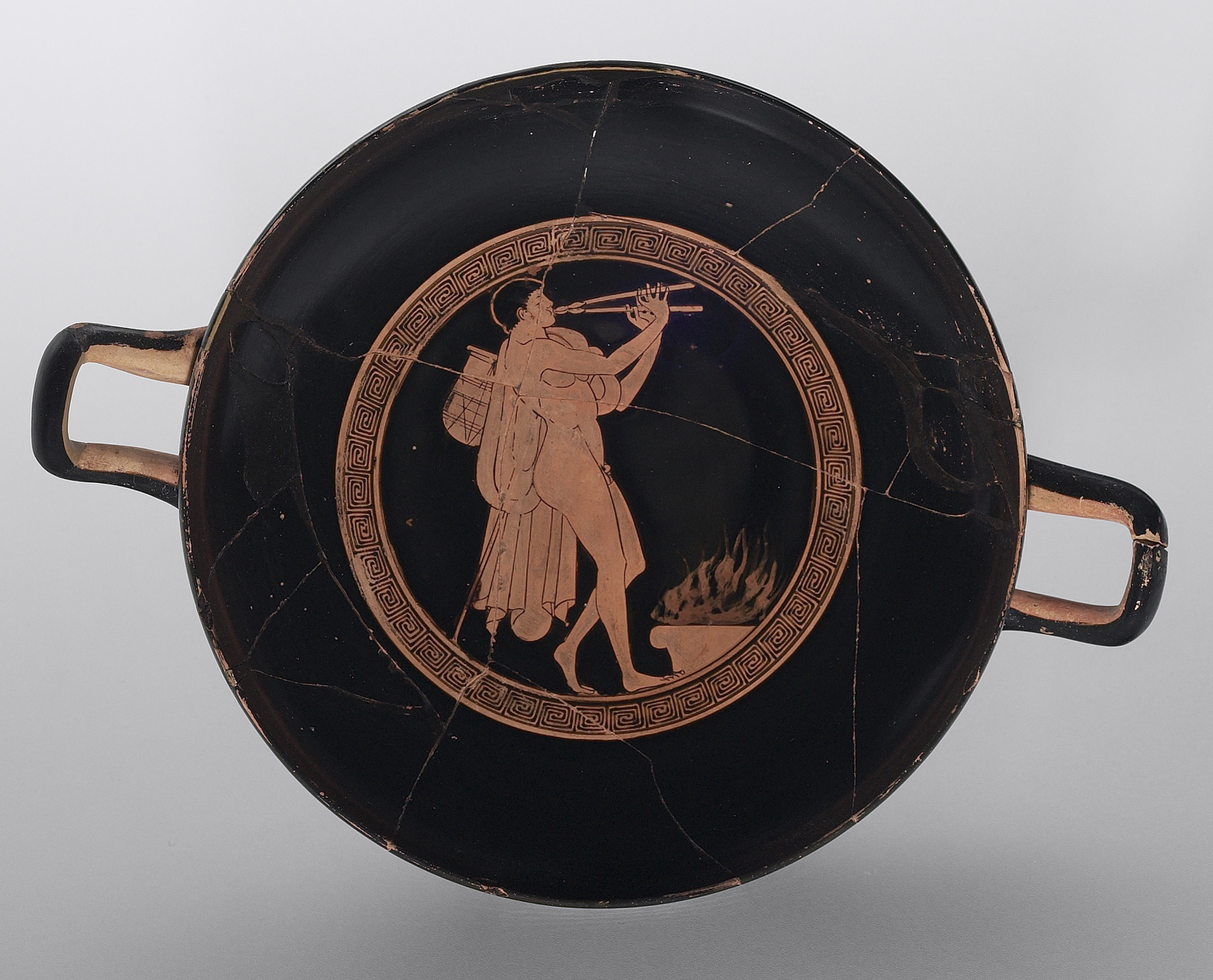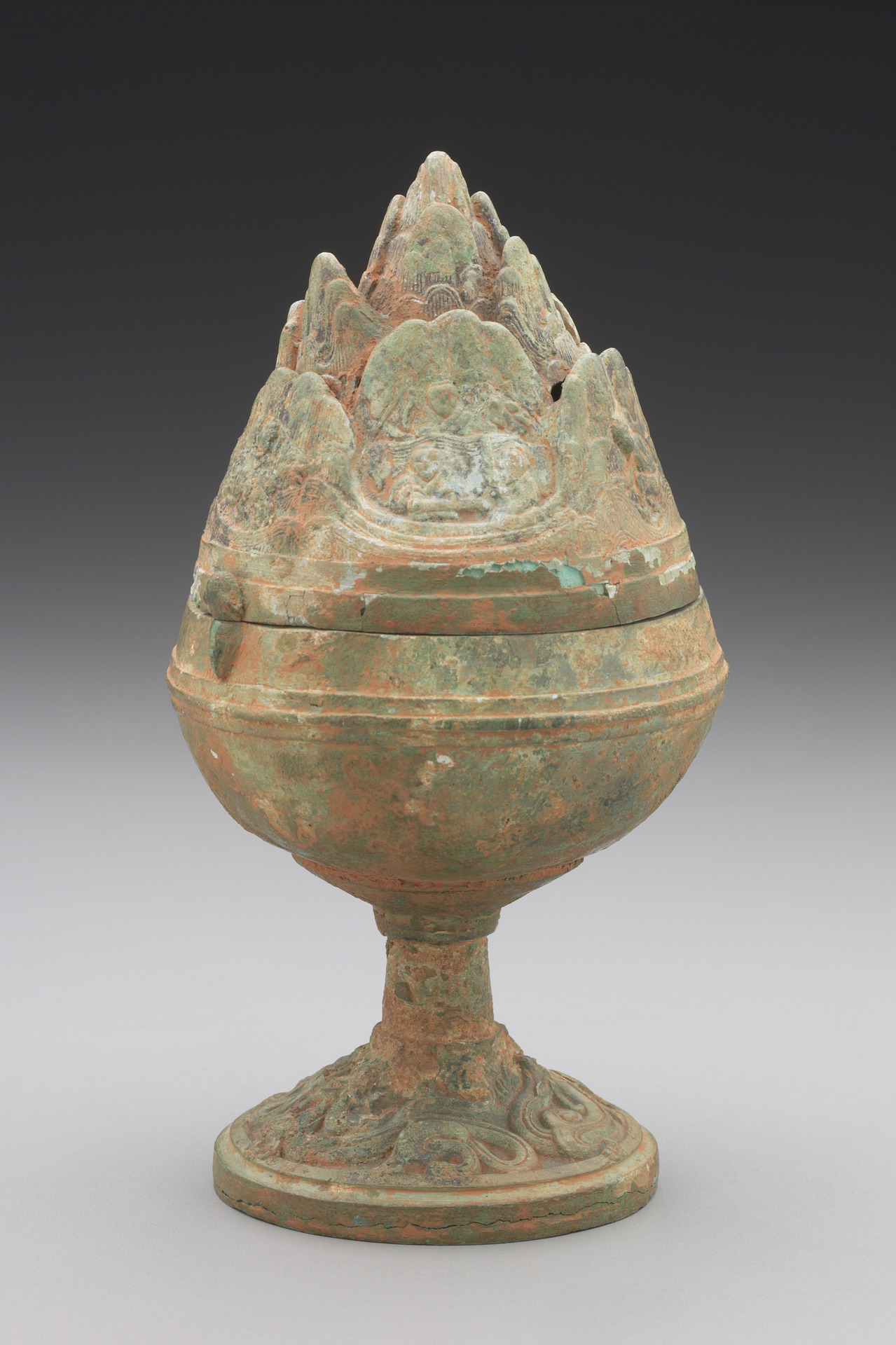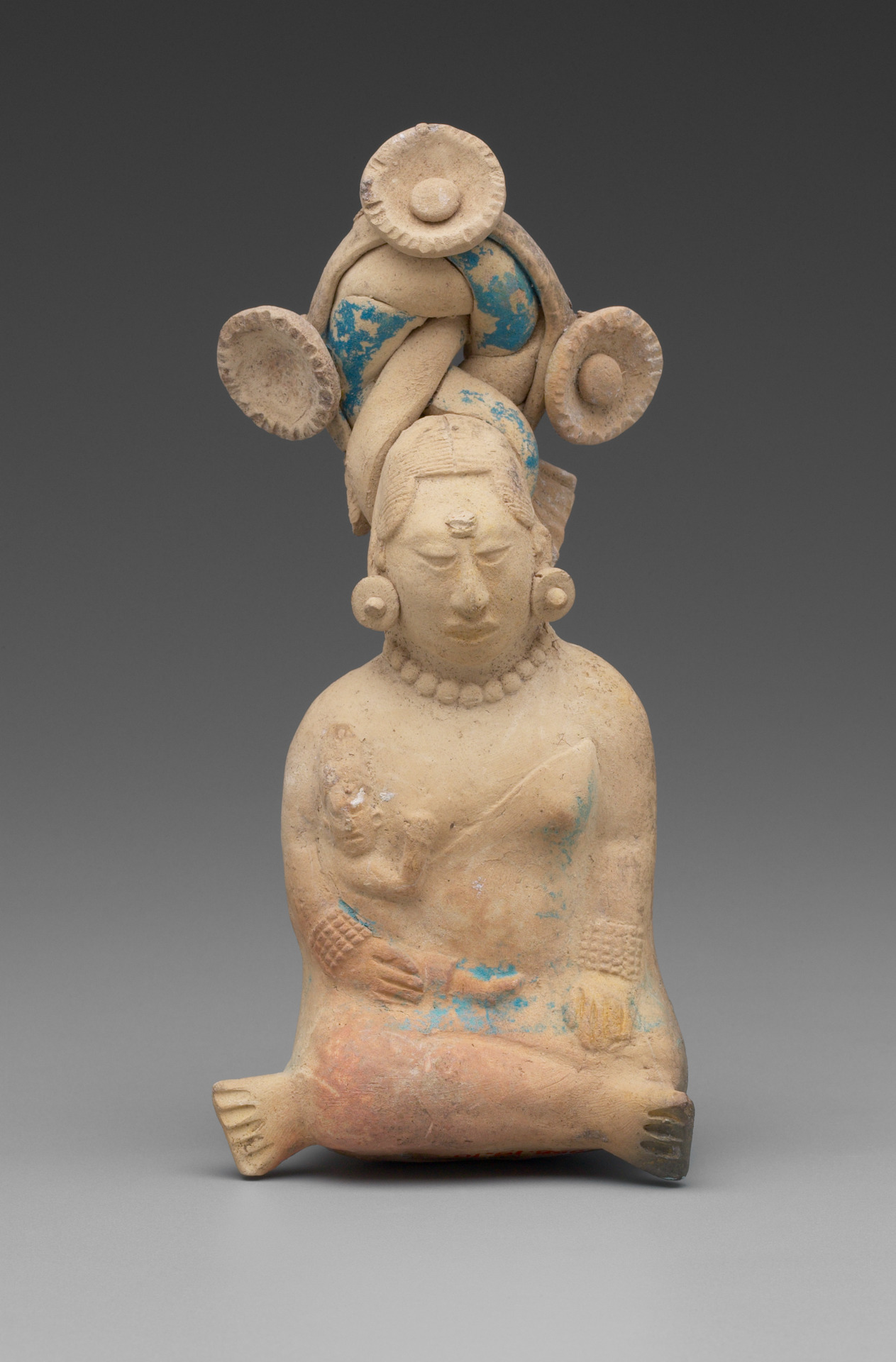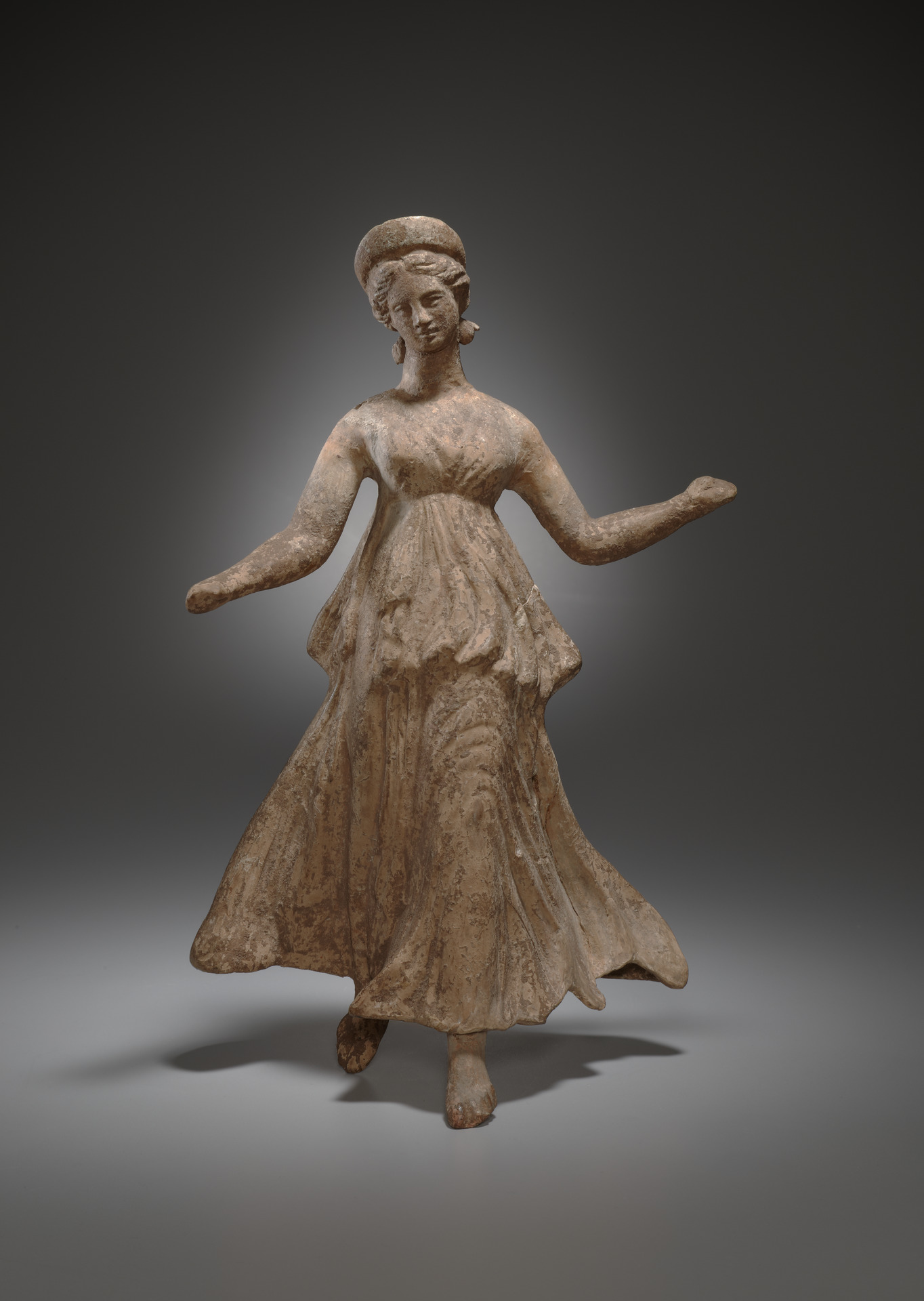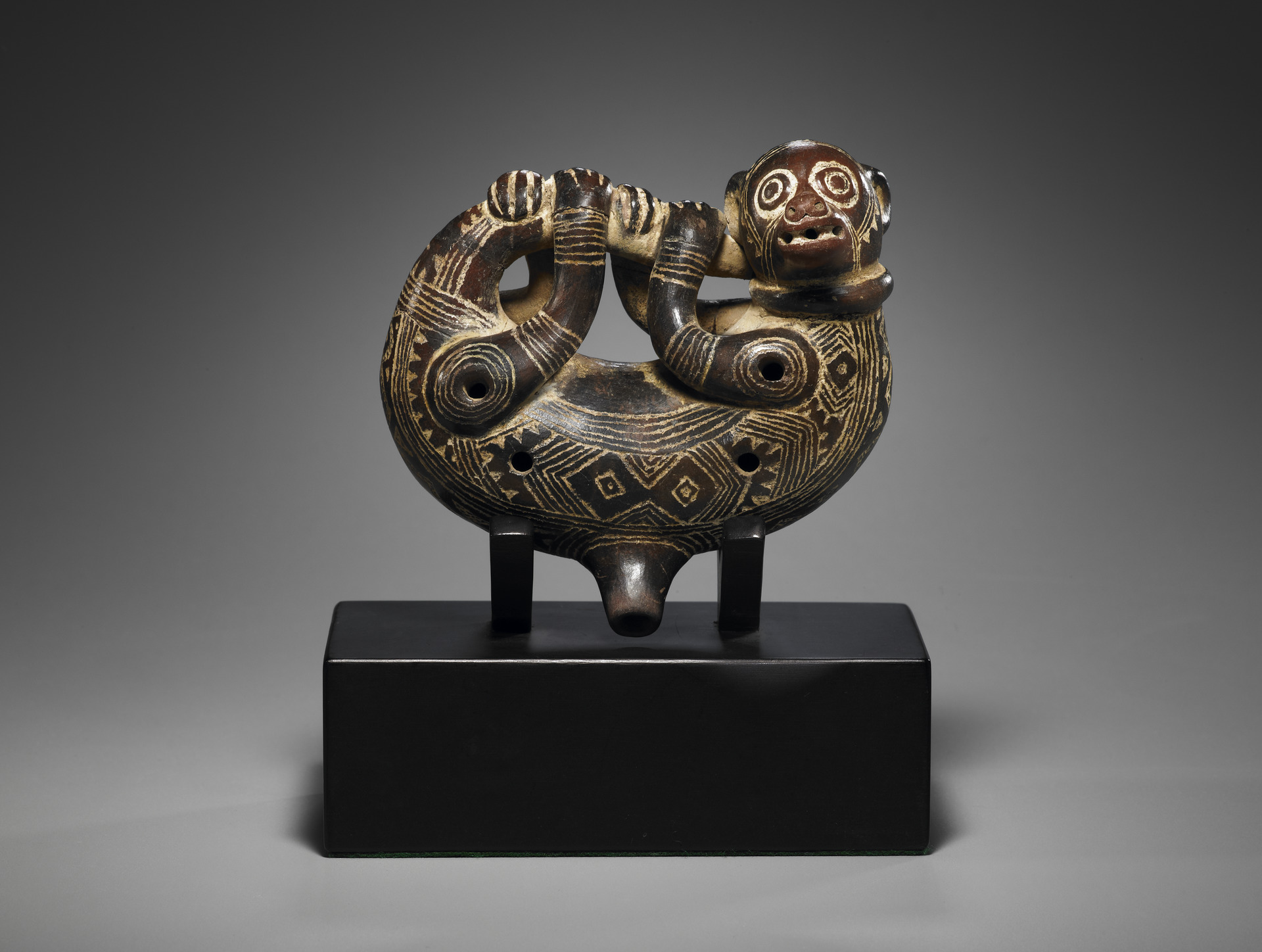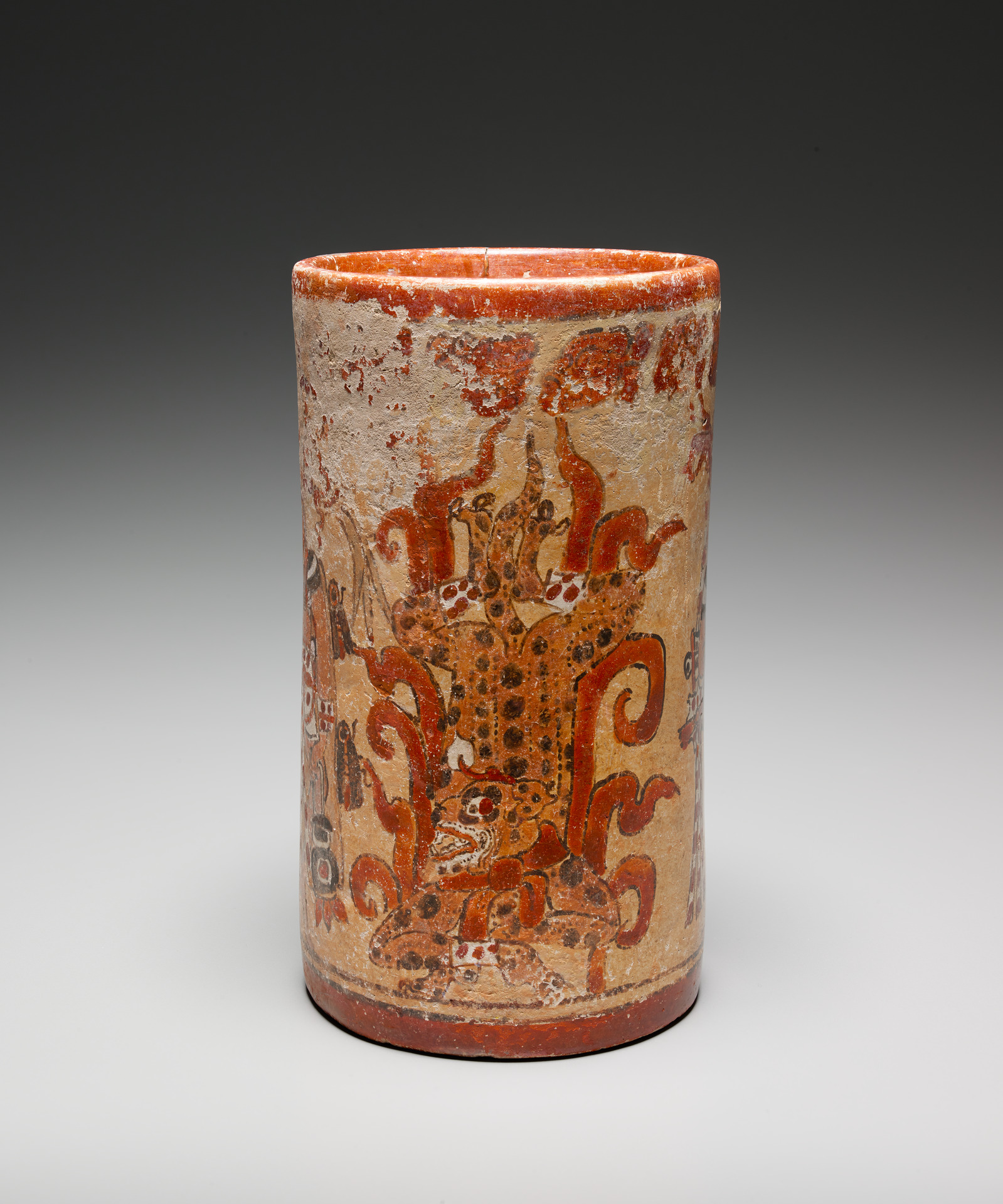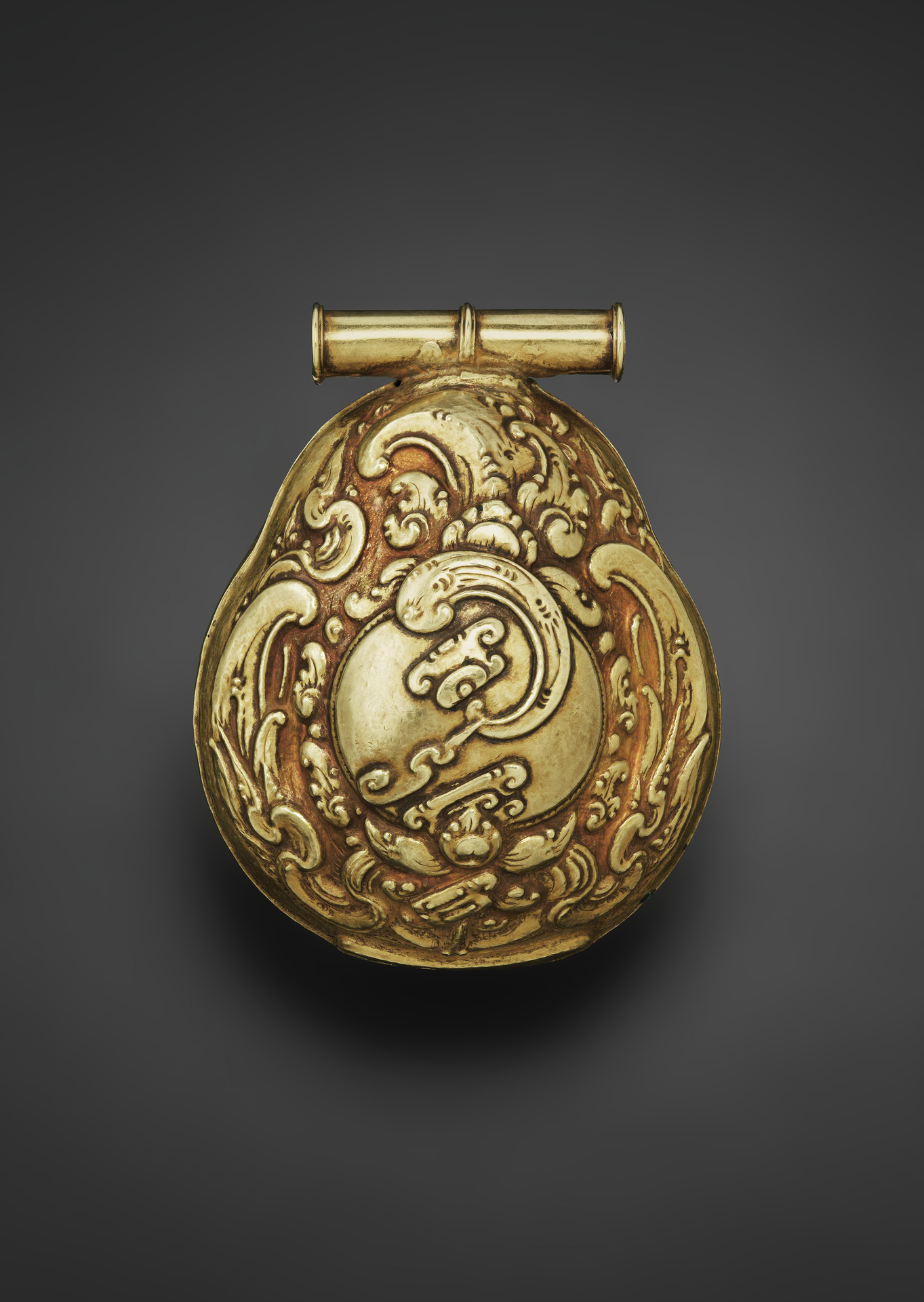
NEW HAVEN, CT – The Yale University Art Gallery is one of the oldest art museums in the Americas. Founded in 1832, the gallery specializes in African sculpture, early Italian painting, and modern art. The gallery also has extensive collections in other areas, including Islamic art, numismatics, American decorative arts, and Indo-Pacific art.
Since November 2018, the Yale Art Gallery has presented an exhibition titled “Signs and Sounds of Ancient Ritual,” which is scheduled to run until March 3, 2019. The exhibit brings together items found in the Yale University Art Gallery, The Yale Babylonian Collection and the Yale Peabody Museum of Natural History.

Mosaic fragment with a Dionysiac procession. Limestone and glass tesserae. Roman, late 2nd–early 3rd century C.E. [Yale University Art Gallery].
The reverie of Dionysian ritual in Greece or the veneration of Hathor in ancient Egypt were multi-sensory experiences. Ancient ritual engaged all the senses of the faithful through costuming, texture, music and cooking. But the modern lens of cultural history often overlooks the lived experiences of worshipers. We intellectualize the practices involved with honoring deities and center our understanding on description rather than imagining the fullness of the experience.
Our ancestors were creative and engaging in their worship. They sought complete experiences with deity that ranged from approaching items of mystical power to actual embodiment of the divine through ritual leaders. “Signs and Sounds” expands our view to consider how ancestors visualized divine beings and how these immanent gods and goddess manifested themselves to human senses.
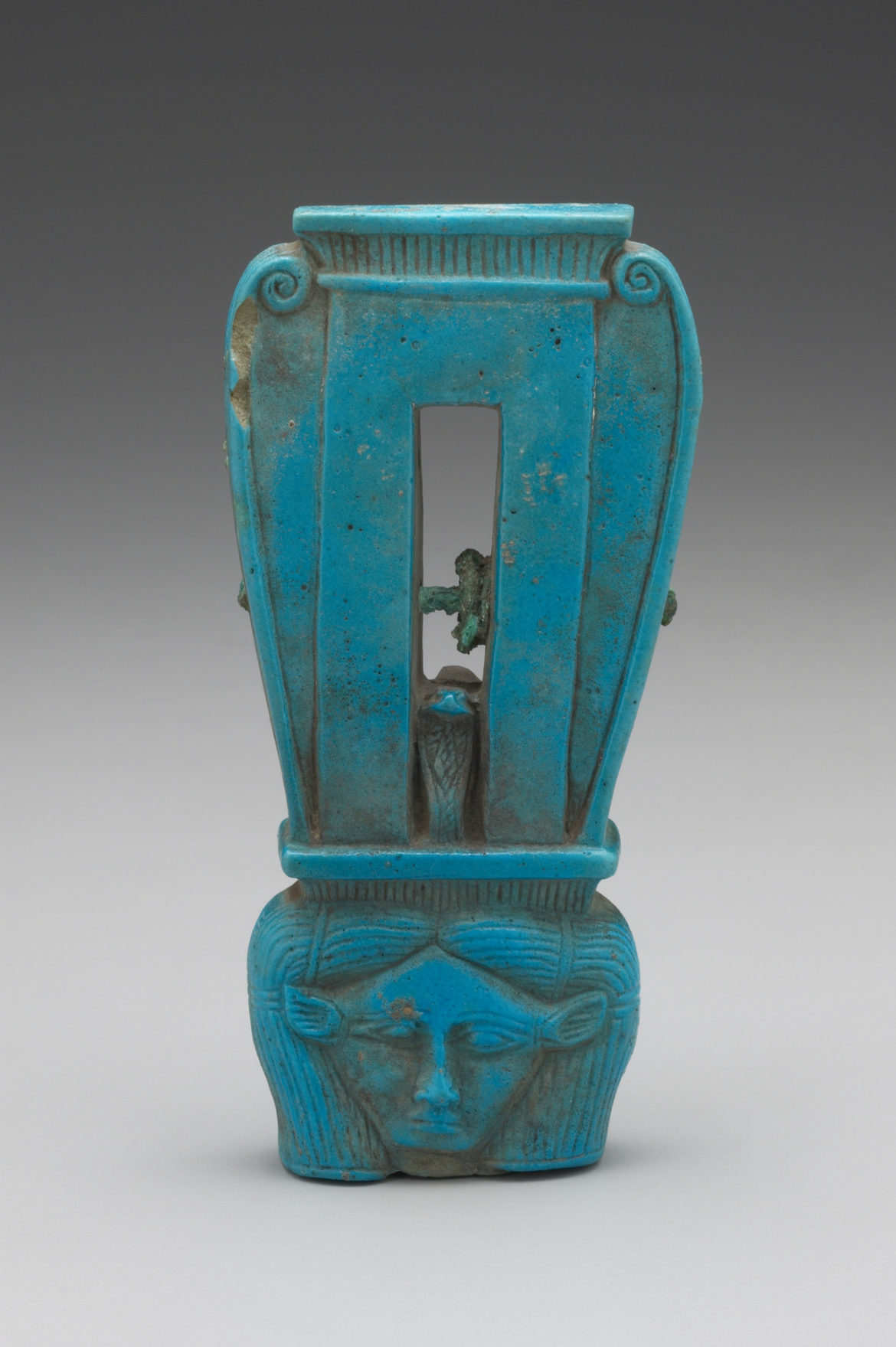
Sistrum with head of Hathor. Faience. Egyptian, 304–30 B.C.E. [Photo credit: Yale University Art Gallery].
The exhibition is extensive in presentation and ambitious in cultural span, covering almost three millennia – from 1500 B.C.E. to 1500 C.E. – and includes traditions in Africa, Asia, Europe and Mesoamerica. To underscore the engagement of the senses, the exhibition opens with a sistrum, an ancient Egyptian rattle used during the ritual Hathor. The sistrum is a beautiful turquoise and adorned with carved faces of Hathor on each side.
The curation focuses on the experience of worshipers as the approached divine powers as represented by earthly objects. The works depict everything from dancing sculptures to vessels for celebration and offering to images of deities themselves. They are often items of ritual function, designed to foster a connection with the divine not only through visual engagement but also through sound. As the museum notes, “The works on view depict gods and goddesses, illustrate aspects of religious ritual, or had ritual functions themselves, ultimately showing how ancient cultures used visually and sonically evocative objects to create powerful connections with the sacred.”
For those of us who cannot visit the Yale University Art Gallery over the next month, the institution has a generous open access policy to its resources. Here are a few of the objects in the exhibit and in their collections.
The Yale University Gallery is located on the Yale University campus. Admission is free and open to the public. Check their website for hours.
The Wild Hunt is not responsible for links to external content.
To join a conversation on this post:
Visit our The Wild Hunt subreddit! Point your favorite browser to https://www.reddit.com/r/The_Wild_Hunt_News/, then click “JOIN”. Make sure to click the bell, too, to be notified of new articles posted to our subreddit.
